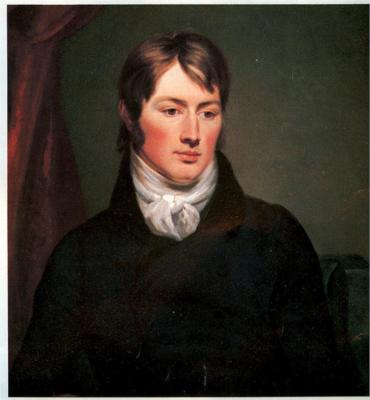
John Constable (1776- 1837)
Born: June 11, 1776; Suffolk, United Kingdom
Died: March 31, 1837; London, United Kingdom
Nationality: British
Art Movement: Romanticism
John Constable based his paintings on sketches done outdoors, directly from nature. As a student he had dutifully copied the landscapes of Van Ruisdael and other master but - although he admired them greatly - he refused to create work in the same style saying, 'It would be dishonest to wear Claude's coat and call it mine.'
Why Buy a Museum Quality Constable Hand Painted Oil Painting Reproduction?
Decorate your space with hand painted John Constable art reproductions!
At Direct Art Australia, we offer museum quality painting replicas of one of the greatest landscape painters and other famous artists. What makes us different from other online art dealers in Australia is that we only sell 100% hand painted art reproductions. This means you will be able to see and feel the brushstrokes.
Explore our collection of Constable painting replicas below and place your order today. We offer FREE delivery anywhere in Australia via DHL or Australia Post.
More About Constable...
Constable's method depended on using 'divide tones' (pure colours juxtaposed to recreate the vibrancy of external light) laid on with rapid brushstrokes. Such as daringly original approach was criticized by the English Academy but acclaimed by the French. It was Paris that gave Constable due recognition - and a gold medal - when The Haywain was exhibited in 1824. Delacroix and Gericault became instant devotees of his Romantic naturalism.
The Haywain came from Constable's London studio, where he had lived since his marriage in 1816. All the pictures that he painted there relied on skillful preparation from full-size sketches, and many of the canvases were 'six-footers'. Only when Constable had pieced together a sketch in sufficient detail to refresh his memory, was he prepared to begin work.
Sadly, few bought Constable's work in his lifetime, forcing him to rely on the generosity of others. His long-awaited admission to the Royal Academy cam in 1829, after years of failure to acknowledge hid dedication to interpreting the mutability of landscape; and just when large swathes of if were being swallowed up by the industrial revolution.
In 1837, he died in London.


